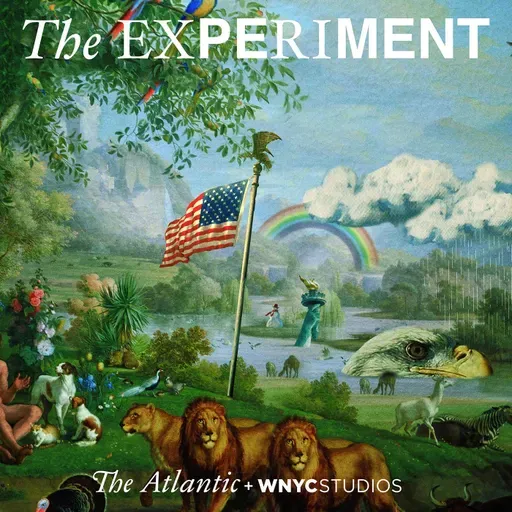
One night in the spring of 2005, Anissa Jordan was sitting in a car in San Francisco while her boyfriend attempted to rob a young man nearby. Shortly after, police arrested both Anissa and her boyfriend. Anissa was detained and dressed in an orange jumpsuit before she learned that the young man had been shot and killed that night and that she and her boyfriend would both be held responsible. The charge: felony murder.
The felony-murder rule, which exists in more than 40 states, allows prosecutors to charge accomplices to certain crimes, such as conspiracy to commit robbery, with murder, even if they didn’t intend to kill—and even if they weren’t present for the murder. It does so by removing intent to kill from the calculus of what makes a murderer. Critics say the rule has disproportionately led to the incarceration of youth of color and women, such as Anissa, but some prosecutors say the felony-murder rule is the key to holding police officers responsible in the killings of civilians.
“By propping up this terrible rule, however we do it, we have to understand this rule is primarily used against Black people and people of color,” says Kate Chatfield, a director at the Justice Collaborative.
This week on The Experiment, a look at the doctrine that prosecutors used to convict Anissa for a crime she didn’t even witness, and a debate over whether that same rule is crucial to prosecuting the highest-profile case in the country, The State of Minnesota v. Derek Chauvin.
Further reading: “What Makes a Murderer?”
This episode is part of The Atlantic’s project “The Cycle,” which is supported by a grant from the John D. and Catherine T. MacArthur Foundation’s Safety and Justice Challenge.
Be part of The Experiment. Use the hashtag #TheExperimentPodcast, or write to us at theexperiment@theatlantic.com.
This episode was produced by Alvin Melathe and Julia Longoria, with editing by Katherine Wells. Fact-check by Will Gordon. Sound design by David Herman. Special thanks to Adam Harris and John Swansburg.
Music by Water Feature (“With Flowers,” “Richard III(Duke of Gloucester),” and “A Paradise”), Keyboard (“Being There” and “My Atelier”), H Hunt (“C U Soon” and “Having a Bath”), and R McCarthy (“Home/Home”), provided by Tasty Morsels. Additional music by Bruce Wiley McKinnon Jr. (“Are You a Freak”) and Tyler O. Sterrett and Jason Trotta (“The Hamlet”). Additional audio from KQED and MPR News.
